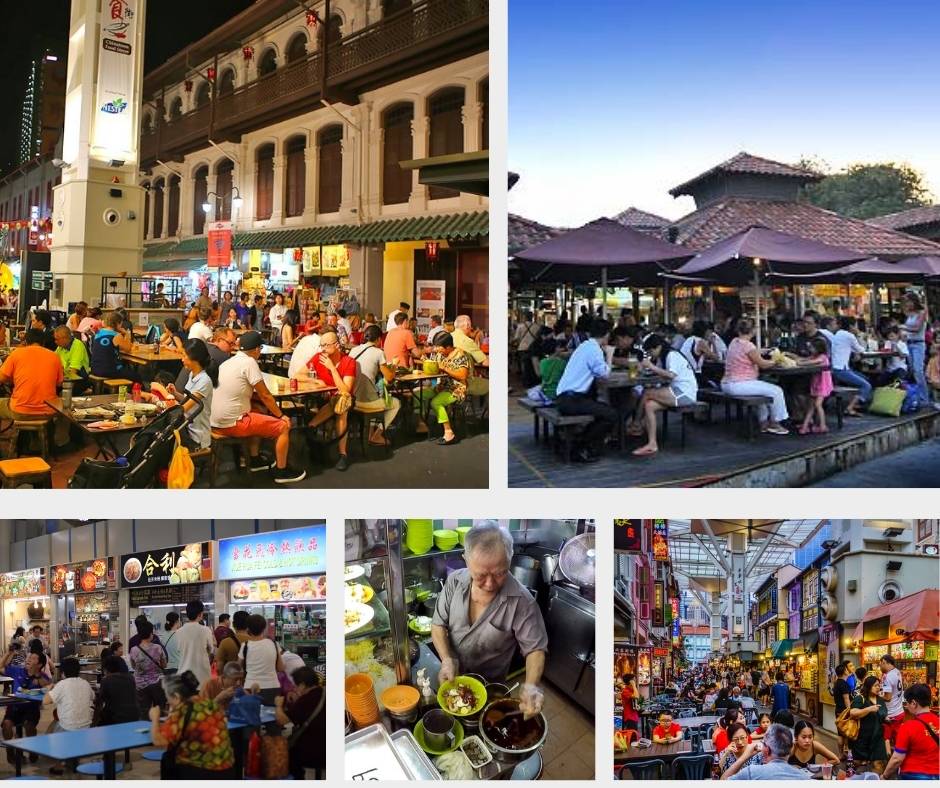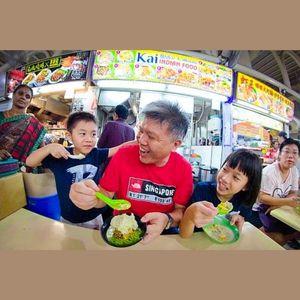Singapore’s Hawker Culture: Food That Connects People
In Singapore, the heart of daily life beats in its hawker centres — lively community spaces where food and friendship come together. Recognized in 2020 by UNESCO as part of the Representative List of the Intangible Cultural Heritage of Humanity, hawker culture reflects how a city built on diversity turns everyday dining into a celebration of togetherness.
Each hawker centre serves as a shared dining room for the nation. Families, office workers, and visitors sit side by side at long tables, enjoying dishes that tell stories of migration and exchange. A bowl of laksa, a plate of roti prata, or fragrant chicken rice carries flavours shaped by Chinese, Malay, Indian, and Eurasian traditions — all blended into a uniquely Singaporean identity.
Hawkers are the keepers of this heritage. Many have spent decades perfecting their craft, teaching younger cooks and apprentices the recipes and values that sustain the trade. Their food is not just about taste; it represents care, patience, and respect for the community that gathers around it.
Hawker centres also serve as social anchors in the city. They are places where people meet, talk, and feel a sense of belonging — where the rhythm of life continues through shared meals and casual conversations.
Singapore’s hawker culture reminds us that social harmony can grow in simple, everyday moments. A plate of noodles or a cup of tea becomes a bridge between cultures, generations, and lives — a quiet but lasting symbol of unity.









